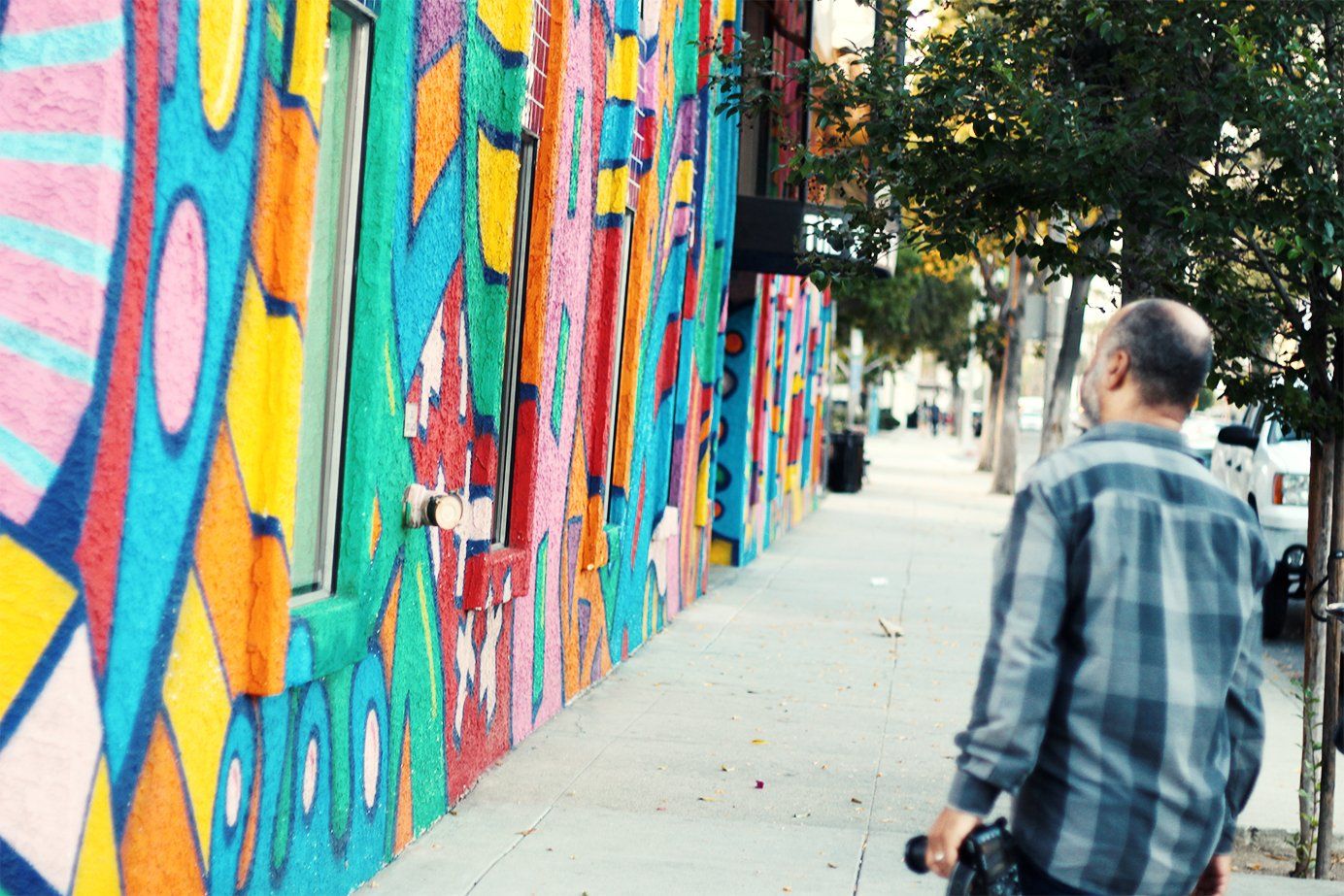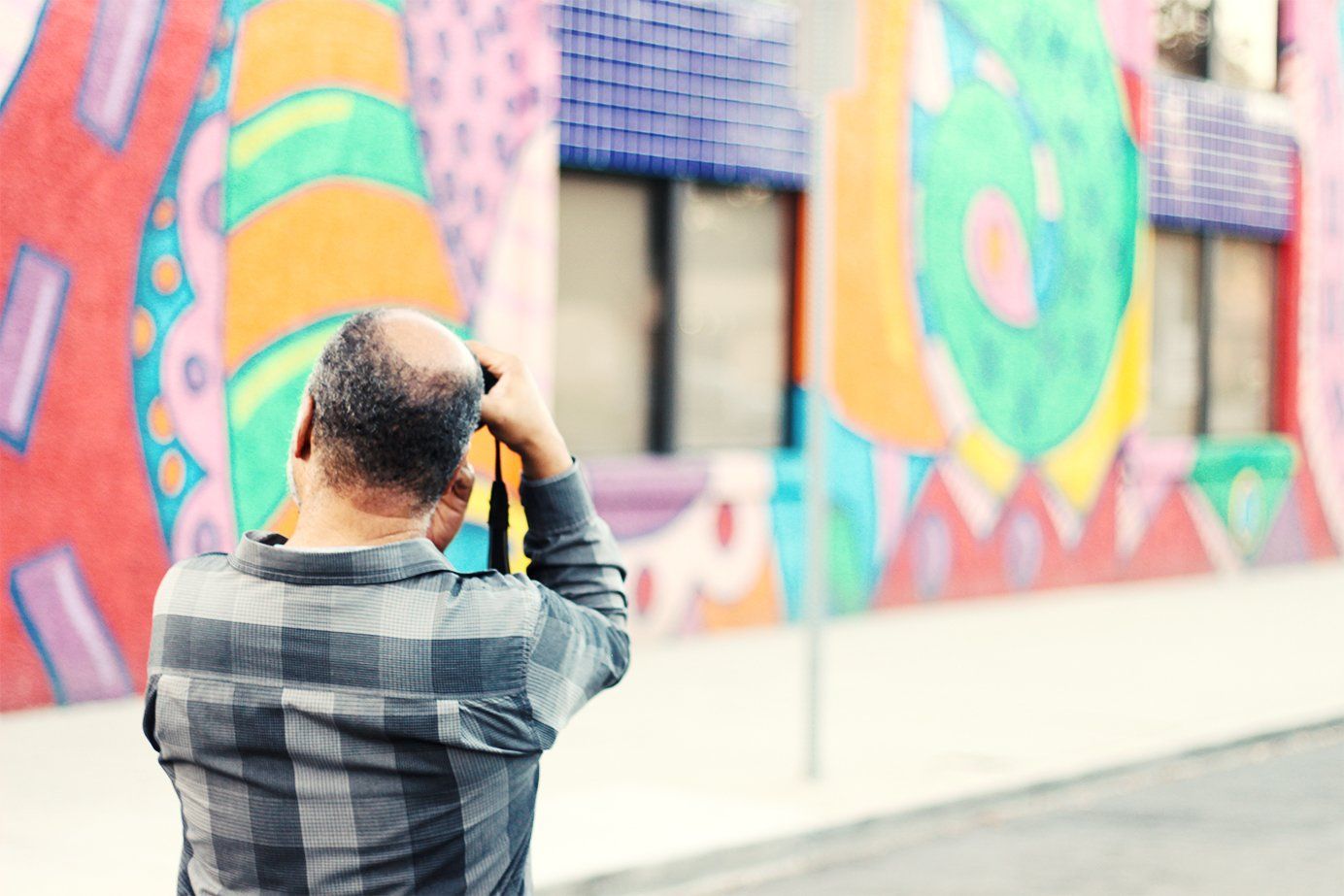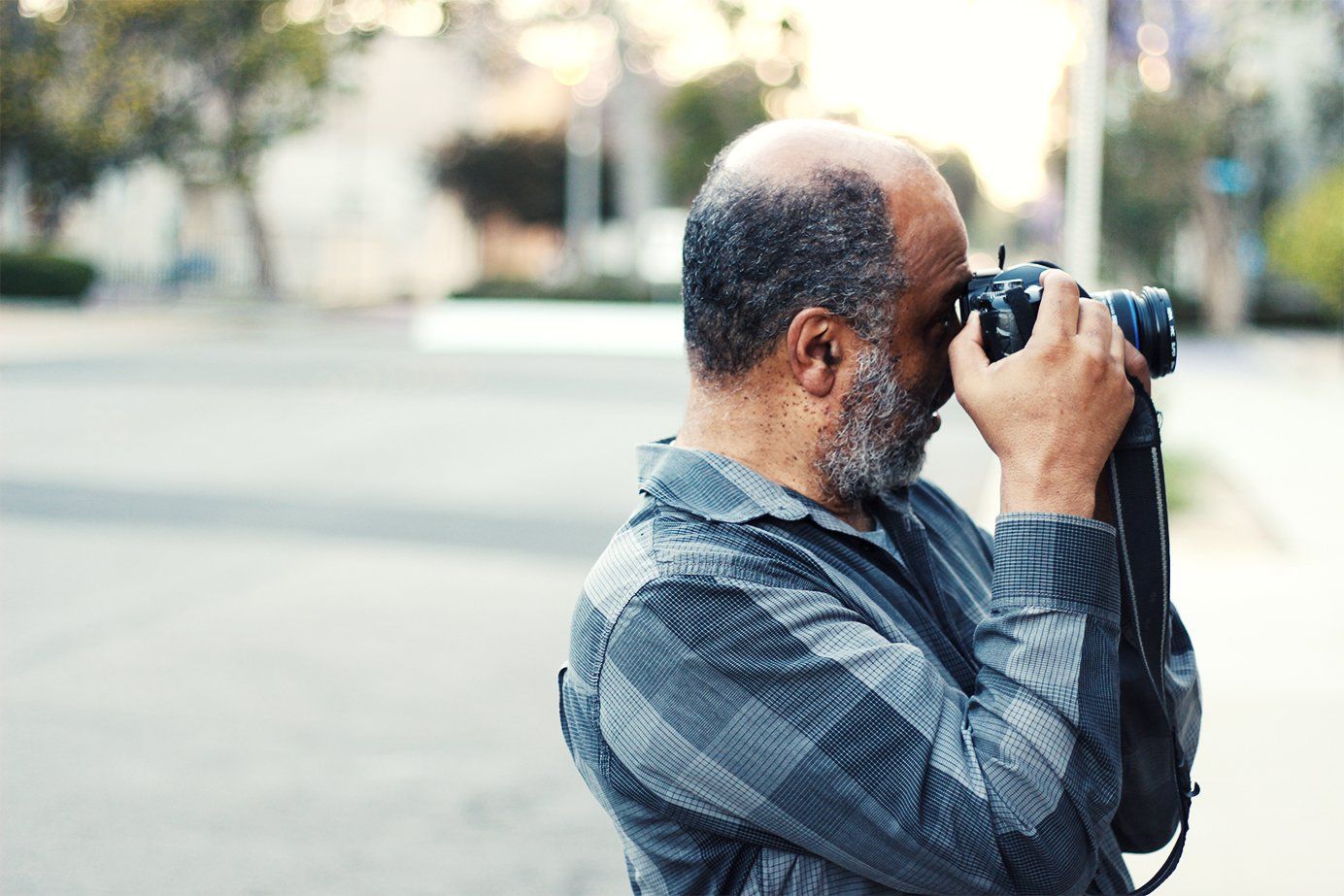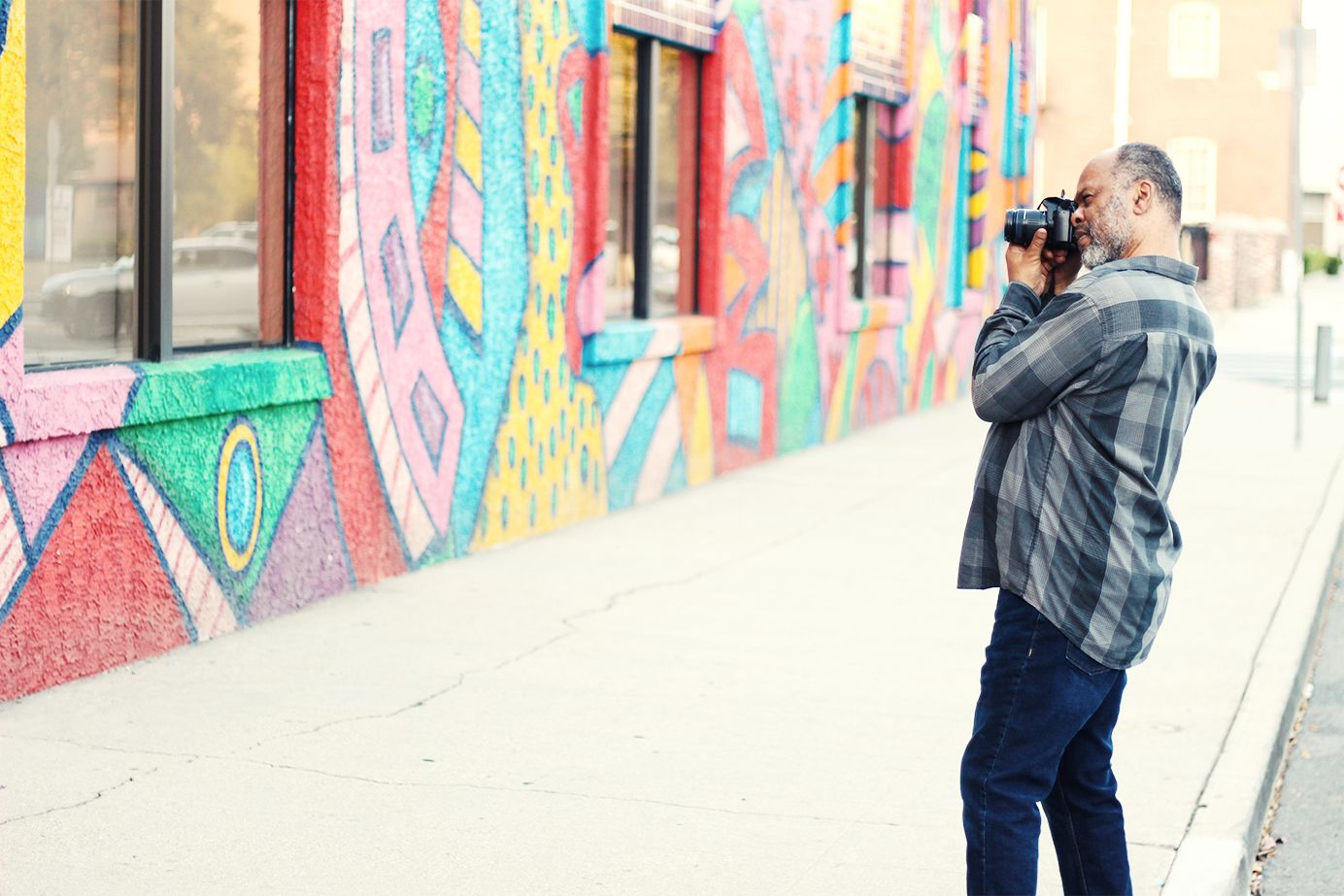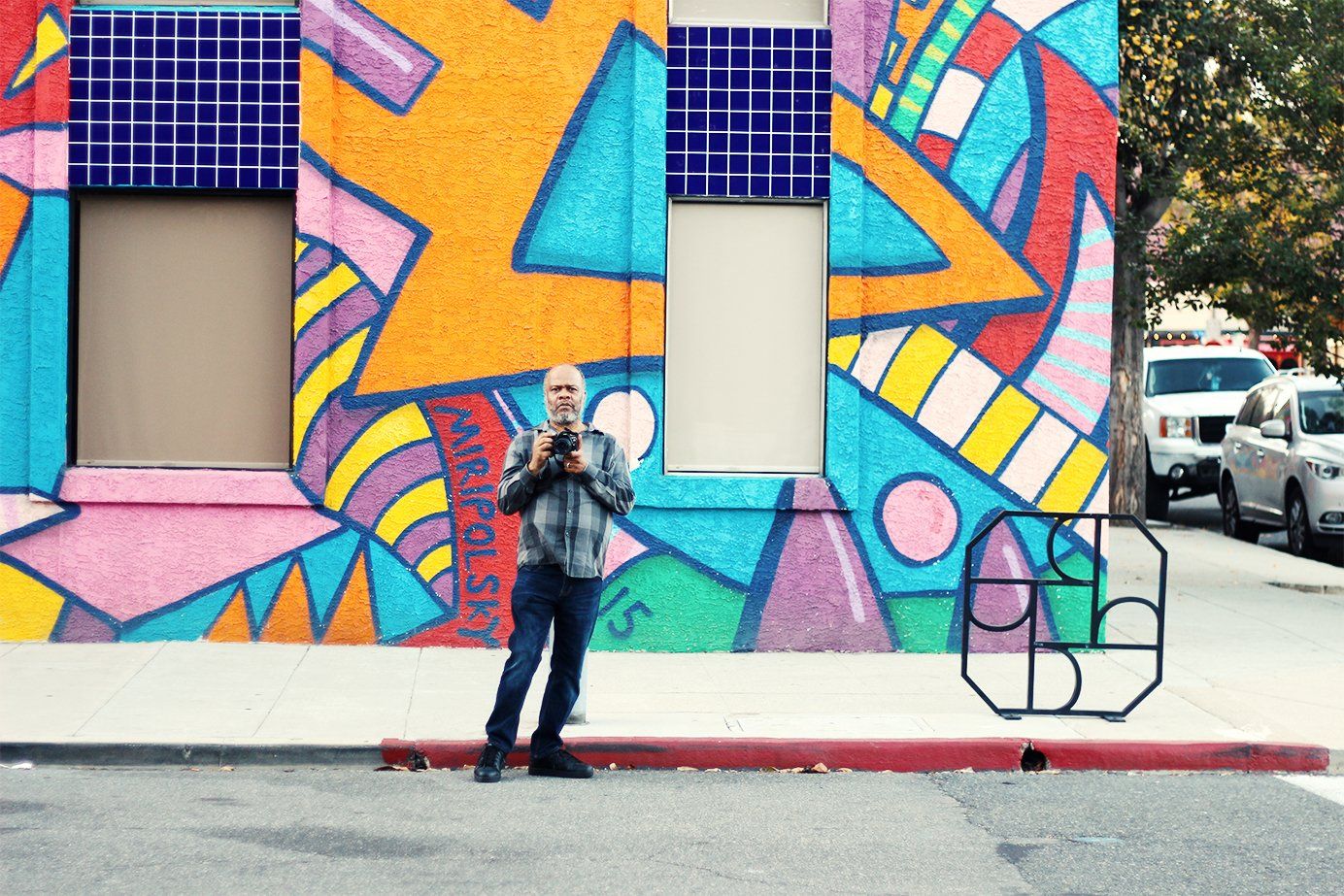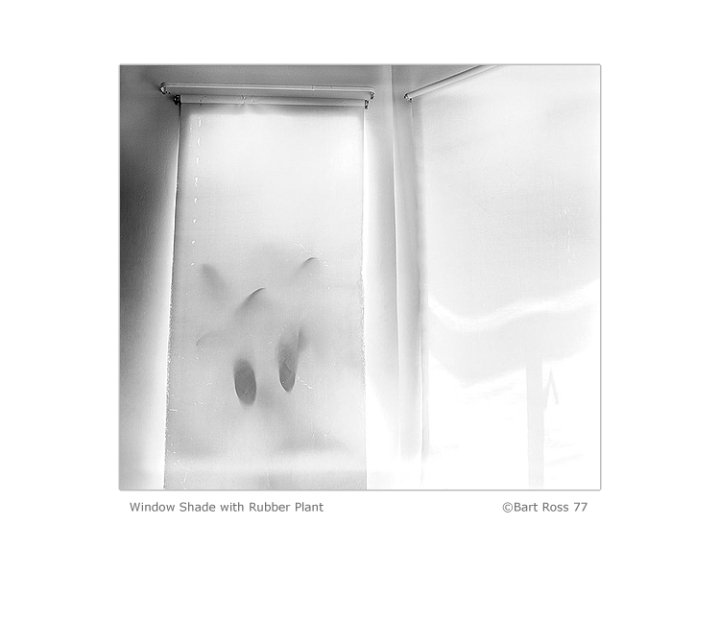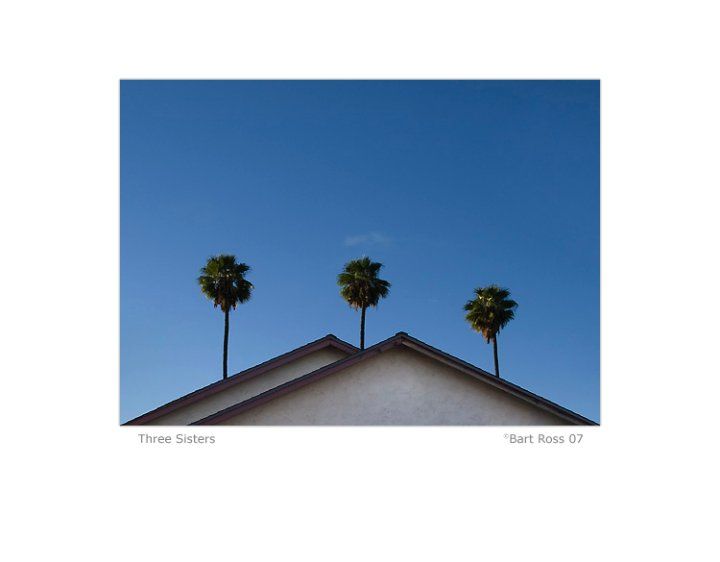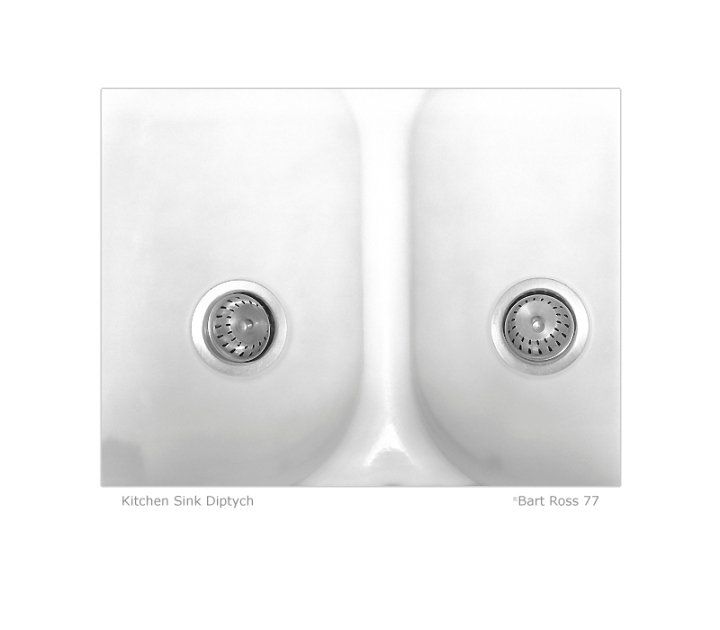Get in touch
626-616-3167
bartross2@hotmail.com
IT’S GENETIC
I think it’s genetic that I am in the arts. My father is a dabbler artist. He’s been a painter, printmaker, sculptor, jeweler,collector and at 91, an award winning needlepoint artist. My mother was a collector and supporter of artists and arts organizations. My four brothers have all been involved in one fashion or another in the visual
IT’S ALSO NURTURE
I come from a blended family, multi-cultural multi-racial. A true “California Family”, I call it my United Nations Family. We have Blacks, Whites, Hispanics, Japanese, Filipino, Nepalese and the most recent addition, Armenian.
I, my siblings and my step siblings were all encouraged to be creative; we were all “exposed” to “culture” – everything from the Bolshoi to African dance. Growing up in Pasadena, my parents were members of the Pasadena Art Museum. We also frequently visited the Huntington Library and the LA County Museum of Art and even made the trek to the folk art of the Watts towers. The adults around me valued Art, so I did also.
My earliest memory about photography revolves around a trip to Disneyland. I was about 10 years old and was given access to a Kodak Instamatic camera for the trip. The finished prints that I got back from the drug store were very different from what I had seen at Disneyland. It was a surprise and a realization that the camera records things differently from what I expected. That disconnect / transformation of photographs versus the reality of what I saw showed me that the camera had a different way of looking at the world.
The snapshots from that Disneyland trip was one photograph that stood out. I took a photograph on the Jungle Cruise ride of an animatronic baby elephant sitting under a water fall playing. In the picture that I got back, it looked as if the elephant was sitting on the boat’s railing. I thought, “Wow! What else can I do with a camera?!” I was hooked. That image woke up the visual side of my brain to prints and images. It’s the crop. It’s the slicing view of the big picture into small areas that tell a story.
It’s that sliced composition that gives pleasure to the brain. What I saw may not be what the camera sees but I can adjust the camera’s setting and it’s point of view.
IT’S MY PASSION
At 18, in the spring of 1974, I went to a photography seminar sponsored by the Friends of Photography, in Carmel, CA. There were lectures by Ansel Adams, Wynn Bullock, Bret Weston, Cole Weston, and Minor White, to name a few. My portfolio review session with Ralph Gibson and Arthur Taussig were pivotal to my career. Their insights helped me find my visual voice. San Francisco State University(SFSU) was perfect for me. It gave me every opportunity to develop artistically, academically, professionally and personally. At SFSU, Neal White, Don Worth, Ralph Putzker, Catherine Wagner, John Collier and especially Jack Welpott had great influences on my photographic approach and philosophy.
Art photography is a visual and when most successful, an emotional medium. Shot with a large format camera, most of my unmanipulated photographic images are quiet, still, sometimes stark. The photographs are very deliberate. I will look at a possible photograph for months. I am always looking for images. I look for the essence of what most would consider mundane and give it a visual perspective.
My current work starts there and through the magic of Photoshop, reveals a place for emotion, for meditation that the original image keeps hidden in its claim to existence in the real world. I began innocently trying to capture what I saw and to my surprise, produced what the camera saw. Now I capture what can only be felt, not just visually but emotionally, maybe even spiritually as well. The journey continues.
ARTISTS STATEMENT
AN EXPLORATION OF EMOTION IN PHOTOGRAPHIC MANIPULATION
MODERN MANDALAS
My goal here is to start with a single image, multiply it by 4 and transform it into something that can stand on its own as one image (not be duplicate images even though they are copies). It is a different way to see the world and because I have a new paradigm of the world, it has to be re-photographed. Since 2009, I have done exactly that. Instead of using a large format camera as was customary for me, I now use a digital single lens reflex (DSLR) camera. I first shot everything in my house and yard, then the wife and kids. Now I take that camera almost everywhere I go. My shooting style has changed from the deliberate large format camera with carefully planned excursions, to almost Street Photography. If I see a possible image while driving, I circle around and stop the car.
Some property owners ask me what I’m doing. People see me and call the police to alert them to strangers in their neighborhood. I have even been told that I cannot take pictures on or of a property. The camera commands our emotions even before it creates an image.
WHERE DID IT START?
In the days of the dark room there was a technique called “Flopping”. You can create this effect if you take a negative and print on one half or, in our case, one quarter of the page while not exposing the other half (or three quarters). You then flop the negative over and expose the other half of the photographic paper. I first saw this technique in the digital age in 2007 in the work of John Paul Caponigro while surfing the net looking at photographers’ work. I thought it was gimmicky. Little did I know that in 2 years, I would be obsessed with this gimmick. Let me digress here – the gimmick has its history in photography. Photographers will try anything to make something interesting with light. Whether inside a camera, outside a camera or with special chemical processes, it doesn’t matter. If a gimmick can make something visually interesting and mentally stimulating, Photographers are addicted to it. We can be makers of photography or takers of photography, capturing that found object or arranging a scene, we are just trying to get our next visual hit.
The Mandalas for me were just like crack. Still are. I think I know why. I feel it has something to do with the visual sympathetic nervous system. The brain likes patterns, visual rhythms, the brain likes symmetry – balance and again visual rhythm. I feel a meditative euphoria when looking at these images. I am convinced that my brain releases pleasure chemicals when it can create patterns and form shapes out of visual nonsense.
THE EMOTIONS OF ART
When I look at something pleasant, I feel emotion. When I look at a great painting or photograph, I feel emotion. I found a way to keep enhancing that emotion. When I look at art, something happens in my brain, I get a pleasure rush. With a painting I think, ‘Now that’s something familiar.’ My brain starts forming patterns for recognition, but because of the symmetry, the nervous system emits bio chemical pleasure and I become more visually meditative from having made patterns.
The symmetry and patterns stimulate my visual sympathetic nervous system which dispenses pleasure chemicals- Visual Crack.
Meditation is what Islamic artists achieved in their visual presentation of geometry and math. Islamic art frees the visual sympathetic nervous system from the task of processing the visual information that is a representation of a thing or figurative image. The patterns and geometry allow the brain to enter into a visual, meditative state of Consciousness that they describe as the god consciousness – You can get the same sort of meditation visually that you get from a mantra or chant.
One other visual transformation for me as a photographer took place when creating these images that differs from my standard visualization process. The composition of the image shifts from the center of the image to its edges and corners.
When photographing for these types of images, the composition of the image is shifted from the traditional middle of the frame to the edges and the corners of the frame. The corners and the edges become important because in the aligned composite image they become the horizontal and vertical middle – the center of the new image.
EMOTION AS SHARED EXPERIENCES
In February 2012 as a part of the LaGrange National XXVII Biennial, “Mandala-Guernica or Walls at EPC 2a” won a “Juror’s Merit Award and received a Lamar Dodd Art Center Purchase Award. At the conclusion of the exhibition in April they also purchased “Origin of the Milky Way or Disney Hall 04″ for their collection.
Following are some specific comments about “A Night in Tunisia or Side of Building Compton” by Resident Curator on artists2artists.net.
“While I’m uncertain as to the origins of the ambiguously repeated subject matter in many of these works, I’m hypnotized by the bilateral symmetry of color and form. The light emanating from this blue-violet ground is particularly appealing in contrast to the web like brushy shape in the middle. At the heart (dead center) of the piece, the wispy black lines are spidery- a fragile dark snowflake against the cool, light ground. I also sense a subtle animation of the black tendrils, as the movement is fluid and organic. While the title references clouds, and I can identify their presence, I also see this piece as aqueous, as if looking at ripples on a watery surface. Perhaps this illusion is due to the flat use of space and absence of a distinguishable horizon. I’m drawn to the piece entitled Night in Tunisia- or Side of Building-Compton as well. Perhaps it’s the airy pinkness that softens some of the harder geometric and architectural forms. The slight variations of incidental marks in the solid color fields add an interesting hand-drawn quality to the otherwise pristine piece. I find this distinction, or inclusion of disparate elements enlivens their visual juxtaposition.”


